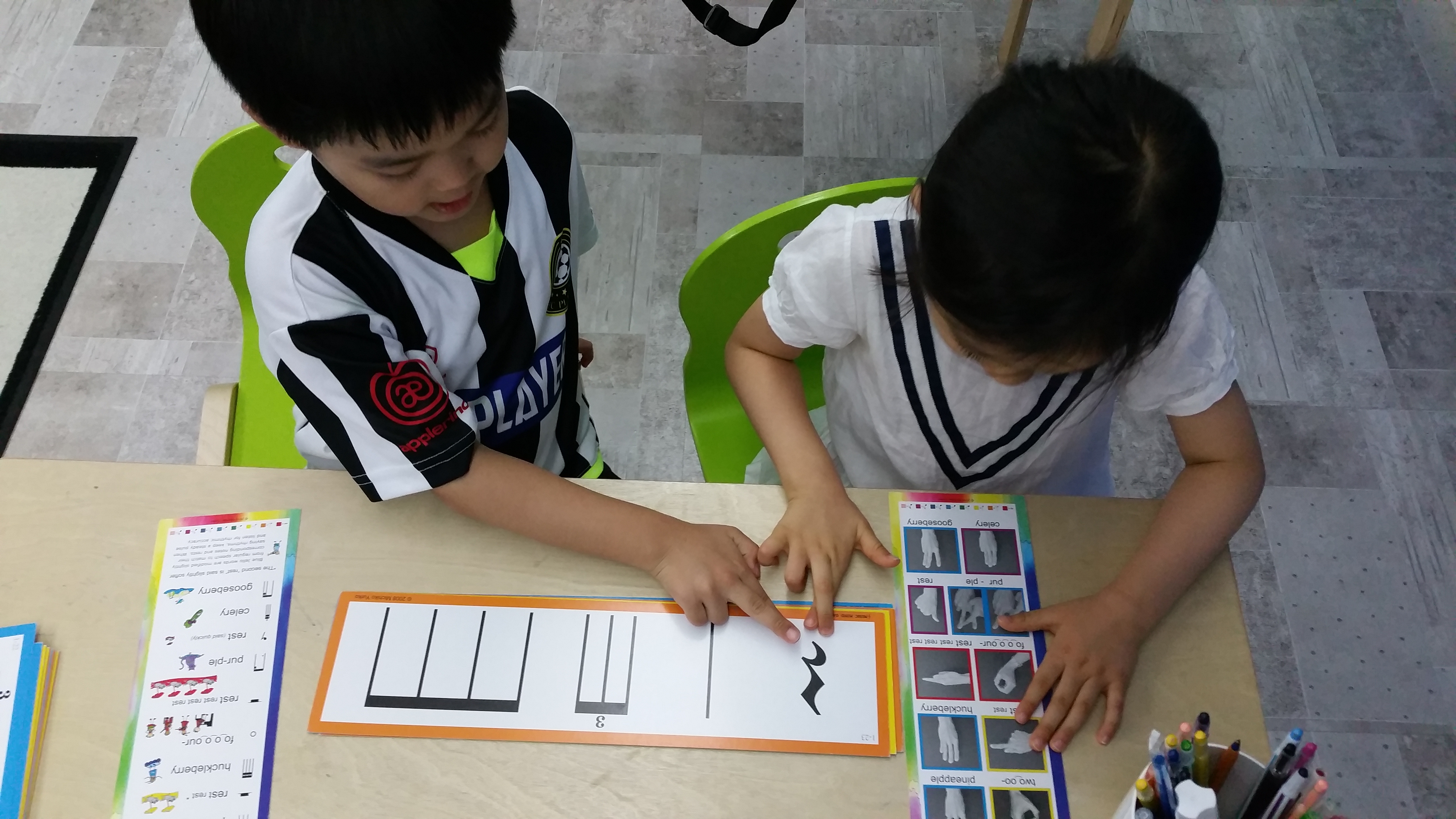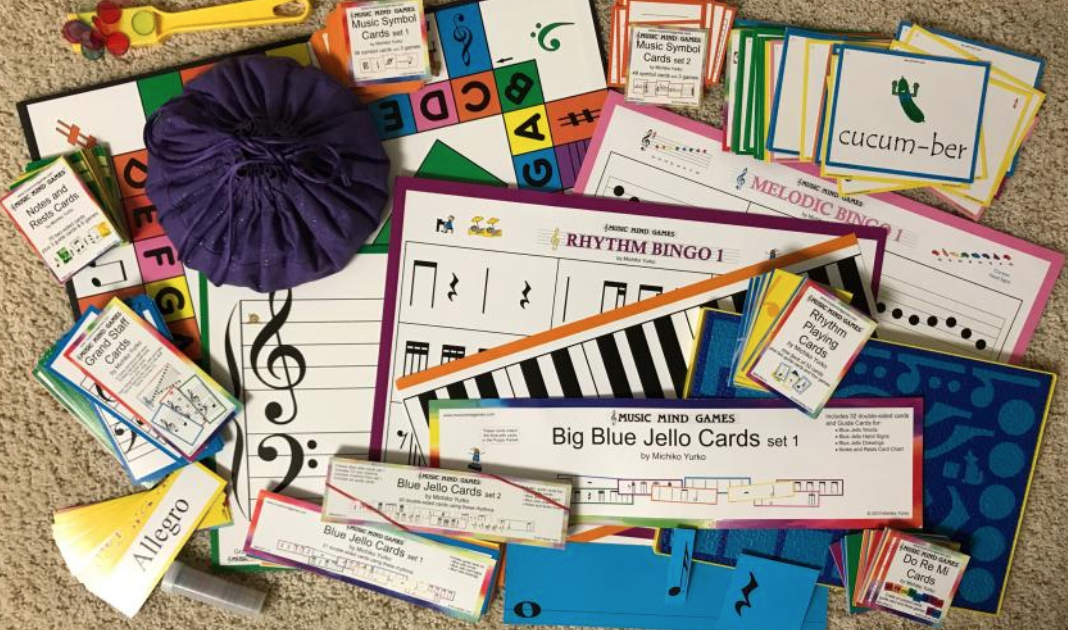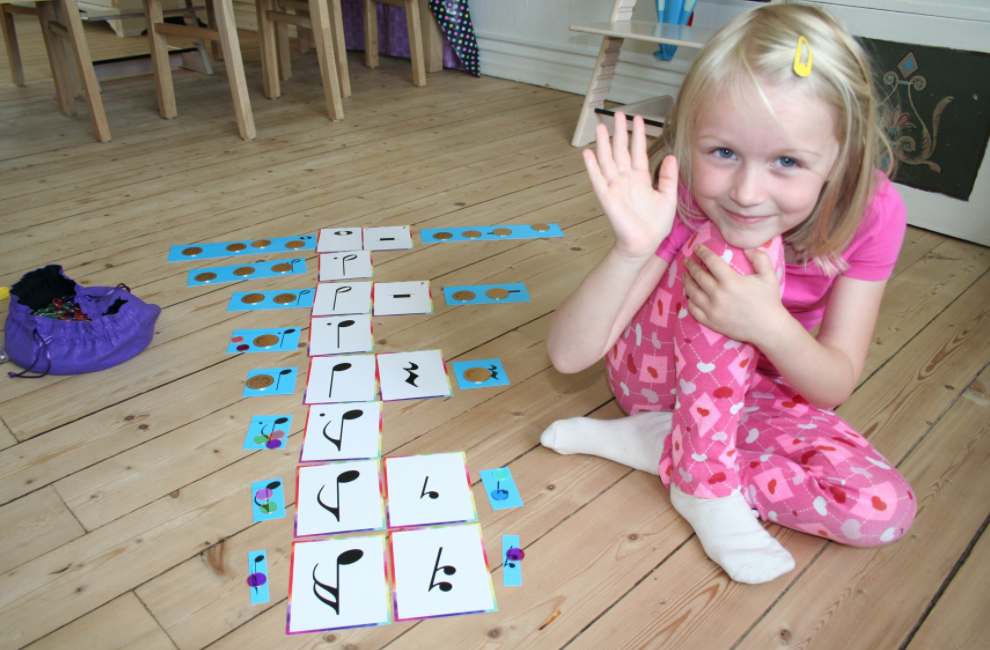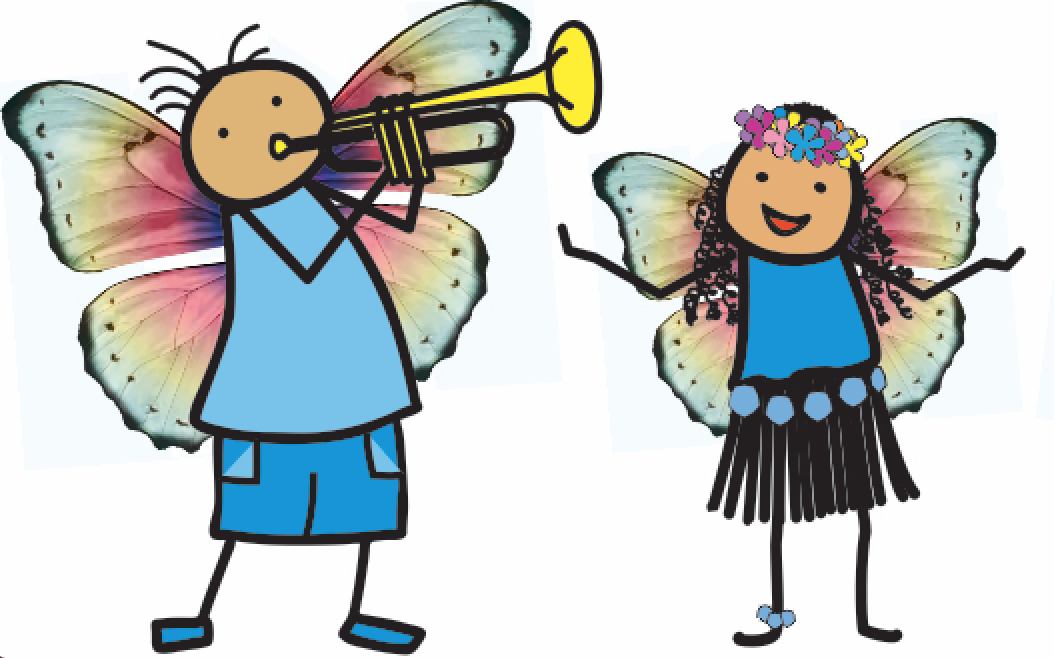Cornerstones: The Philosophy of Music Mind Games
Use them as a starting point and come back to them often. Many teachers find it helpful to post them in their classrooms. Look for them to live within you and your students as you teach, learn and play together.
 Blue Jello: A Delicious Way to Learn Rhythm
Blue Jello: A Delicious Way to Learn Rhythm
Music Mind Games brings joyfulness and creativity to develop skills needed to read rhythms in musical scores. Music Mind Games makes it enjoyable to learn rhythms correctly and independently by circumventing three traditional pedagogical practices.
Features:
- Description of Blue Jello
- Photos of Blue Jello Hand Signs
- Blue Jello Vocabulary
- Blue Jello Symbols
- Blue Jello Drawings
- All time signatures
Fairies - A Fairy Tale adopted by Music Mind Games
Did you know Music Mind Games has adopted it's own Fairy Tale? It's by Charles Perrault (1628-1703), a French author who also wrote Little Red Riding Hood, Cinderella, Puss in Boots and The Sleeping Beauty.
Sorting Tips for Materials
Keeping your materials neat, organized and in order helps them last longer and makes game time more efficient. These tips are based on how the materials are most often used in the games.
Why take the time to sort the rhythm playing cards into notes and rests only to pudding shuffle them before the next game. Set an example by teaching your students/children to help you clean up your materials after each game rather than by yourself at the end of class.
Soon they will know how to clean up on their own, giving you time to prepare for the next game or make notes of what games you played. As they see you taking care of your materials, they will do the same and your materials will last a long time. There are also many games created for cleanup.



